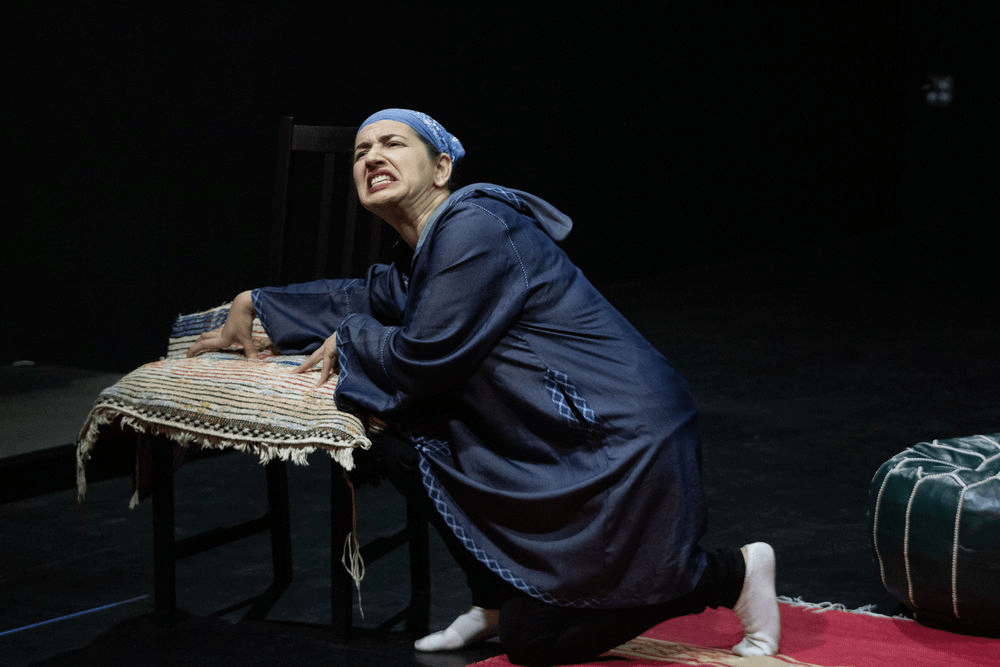Over the past year and a half, I have listened to + witnessed artists of color fight, speak out and reveal wrongdoings that had the ability to affect true change in a stale industry. Not stale from a lack of talent but due to a lack of vision and courage. Instead of answers, I have been left with a string of questions that I leave in space to be actively engaged with or not.
The last few months have felt urgent, suffocating, debilitating yet empowering, and freeing.
I have been imagining a future where artists reject a hierarchical approach. A future that refutes old PWI institutions as the Top of the Tier and in their places are new spaces that are inclusive and leave no room for tokenism. Instead, they allow all artists of varied routes and backgrounds a space to create and re-imagine.
Los Angeles theatre. A scene filled with so much talent yet still somehow the same voices are heard and bodies are seen. It feels as though no one is willing to go further still nor even really want to – is it too hard a conversation? Does it cost too much for whites and people of color who are too institutionalized by PWIs and who benefit from them? A part of the issue lies in the elephant in the room: you are left out in the peripheral – existing right outside the edges of support and being uplifted; if you chose to be an independent artist who does not hail from a PWI or any “higher” education institution then ultimately you are forced into a particular route and reality as a theatre artist.
Who really benefits when BIPOC artists are promoted? Are we only uplifting the same artists?
Are we still uplifting the same PWI institutions as long as they let in a few BIPOC artists and have updated their Values and Mission statements?
Brooklyn Academy of Music [BAM] has dedicated its upcoming season to a wide variety of New York artists: that is how a community is built by crafting a space for local artists, and to go further you investigate within that community which artists have not yet been uplifted in any form. Which artists don’t have agents, don’t have grant support, are not connected to an academic institution yet have found ways to continue and produce new work? Which playwrights have been hitting the pavement in the city and need long-time committed support? For there should be no fear when it comes to uplifting new faces / new voices.
I love theatre. I love plays. I love playwrights. I love the manifestation of new ideas. Yet, I need to see my city go further. I need to experience a theatre city that is alive because it uplifts its most vulnerable of artists. I am not alone when I say: We are dying for the quiet artists of Los Angeles to be pulled up, for real support to trickle down and for neglected neighborhoods to have an opportunity, not charity to engage with Live Theatre.
And no lie. This is personal. It should be for all of us who give our whole spirit to the work in our city that we love.












































